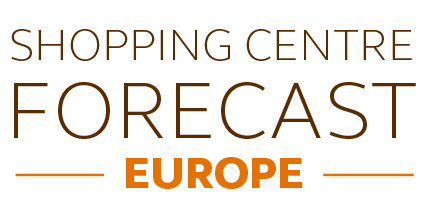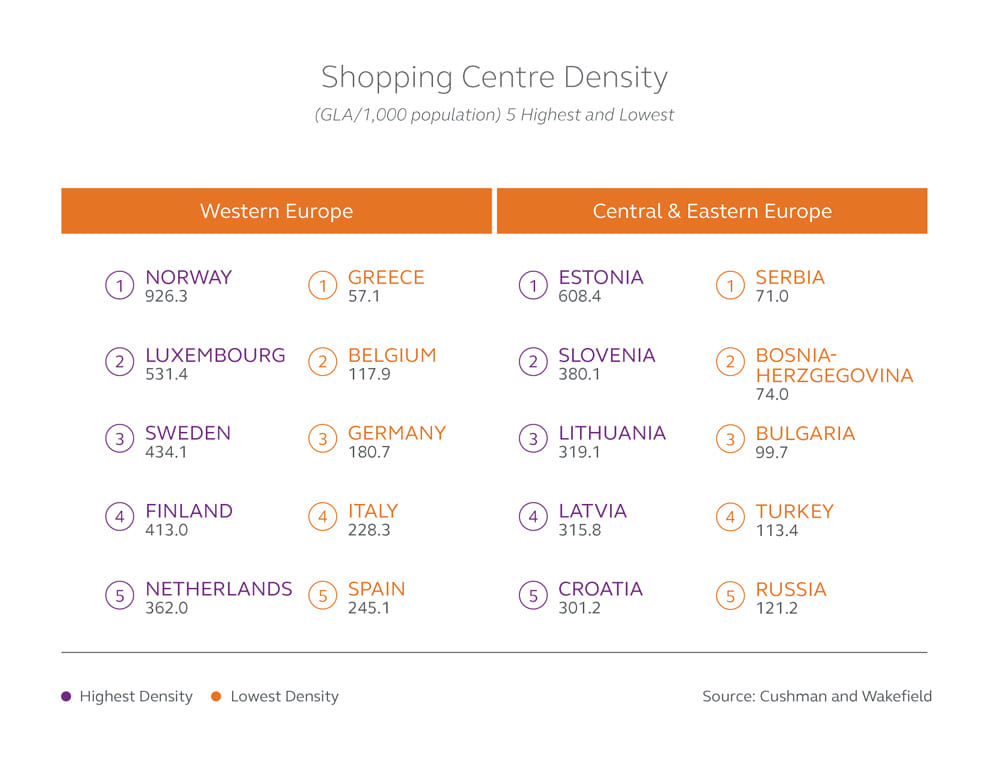Europe has entered a period of rapid transformation. Political forces like upcoming elections, Brexit and the refugee crisis are poised to have a significant impact on demographic and economic trends. With all of the changes occurring across the continent, it may seem frivolous to talk about retail and the future of shopping. But we say: on the contrary. Retail is the heart of the high street. It’s a centre of community life. And it could be just the economic engine to help drive the Europe of tomorrow.
CallisonRTKL has combined decades of retail know-how with a vast portfolio of live projects to forecast the next decade of retail in Europe. Building on a report commissioned by Klépierre, the Shopping Centre Forecast showcases what shoppers, developers and retail brands can expect from the next generation of shopping experiences across the continent.





